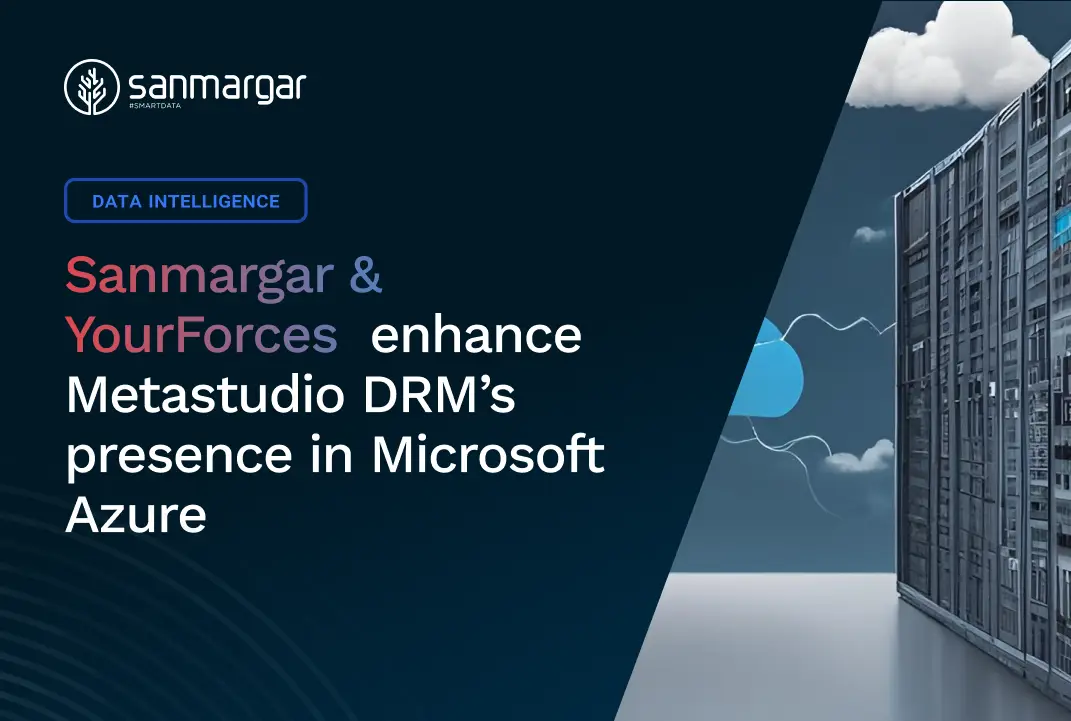Reference data dictionary matters
Reference data apply in almost every situation. Starting from the basic categorization, organizational structures, and ending with the parameters of data processing or validation processes. Their role is becoming crucial in the progressive digital transformation. They allow you to automate, monitor, optimize, account, etc. Without them, the exchange of information is practically impossible.
What happens when data dictionaries are managed locally by system business administrators? A typical symptom are discussions during board meetings that aim to answer simple questions: How many clients do we have? or What is the profitability of individual product groups?. How can you be sure that the answers are about what we wanted to know, from which sources we received the information, and were they not distorted?
The central management of data dictionaries means that the time to make changes is longer, and the changes themselves are often introduced by people who do not understand their business meaning. Final reports and process parameters must use low quality data.
The answer to this challenge is the implementation of tools for managing and publishing reference data dictionaries.
How to publish reference data dictionaries?
Important elements of managing reference data dictionaries are:
- Controlled access to dictionaries for a group of business users and IT department employees with retention of authority. Their maintenance is done by people who have the best business knowledge about what they should contain. They can quickly make changes themselves. IT staff can deal with technical aspects of the use of reference data.
- Recording changes and managing the duration of reference data. This will enable subsequent auditing and automatic generation of dictionary versions for a given day.
- Implementation of the principles of automatic verification of dictionary data ensures their consistency and significantly reduces the risk of errors.
- Automatic synchronization of dictionaries between systems guarantees their consistency.
There are many solutions to achieve the described effect. From the simplest solutions including the implementation of almost manual procedures using SQL and MS Excel to advanced solutions that are part of the leading ETL or MDM class tool sets.
Swiss Army knife for publishing reference data dictionaries
Metastudio DRM was created to manage reference data dictionaries and to publish them easily. The implemented data modeling system, integrated with it security system and control rules, allows you to combine the freedom of work of business users with IT requirements. Recording changes at different levels and a version control system for individual dictionary values allows you to easily identify irregularities and verify validity periods. Dictionaries can be automatically synchronized so that all systems use a uniform version. At the same time, the data administrator has the ability to centrally manage dictionaries from one place.




